Marketing KPI Glossary: List of 35+ Terms and How to Track Them

The broader digital marketing world is packed with terminology like any other specialized industry. Some of the marketing terms you have to learn are essential, while others are meaningless buzzwords.
Today, my goal is to build as extensive a list of the former as possible within a specific range: key performance indicators.
So, let's start with some of the most common marketing metrics:
KPI: Key Performance Indicators
KPIs are key performance indicators. They are a measurable piece of data that you can use to determine whether or not a particular marketing effort, or your business as a whole, is working successfully. KPIs can be narrow, everyday indicators of success, such as newsletter sign-ups, eBook downloads, or social media follows. They can also be overarching measures of success, like average cart value or the number of sales.
All of the terminology I've put together to define below fall into the category of KPIs. They're specific, essential pieces of data you can use to track the business success or lack thereof. Knowing them puts you off on the right foot for understanding your marketing efforts and how they impact your business.
General Marketing KPIs
First up, we have the more general KPI terminology. I put these here because they would otherwise fit under some or all of the other categories, so understanding them, in general, will allow you to know how to apply them to specific channels.
1. LTV: Lifetime Value
Lifetime value is the total expected value, monetarily, of a customer on average. You calculate it by taking the monetary value of a customer per month or year and multiplying it by the average customer lifespan.
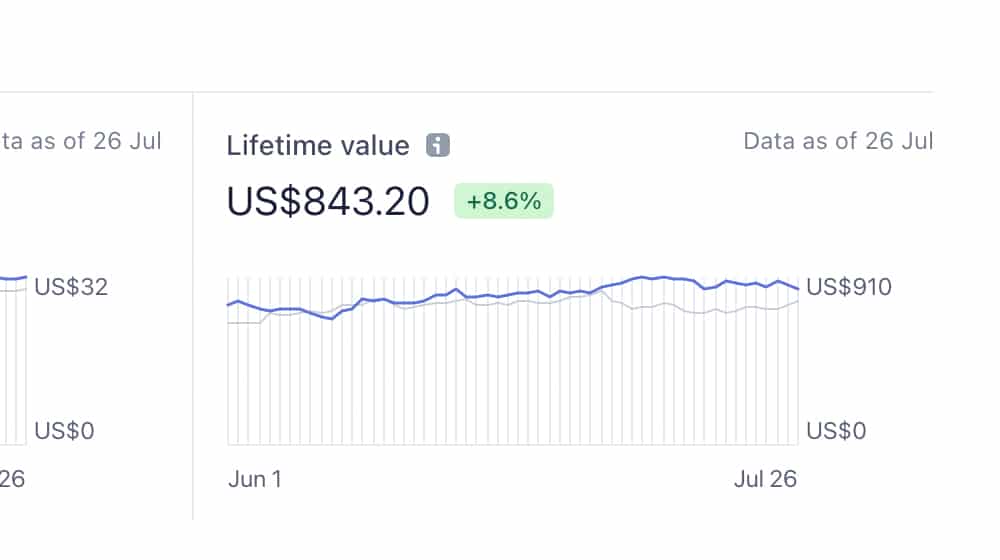
For example, if customers subscribe for an average of 16 months, and pay $50 per month for your service, the expected lifetime value of your customers is $50*16, or $800.
2. MRR: Monthly Recurring Revenue
Monthly recurring revenue is the expected amount of revenue you'll be bringing in per month, assuming nothing changes. The way you calculate it varies depending on the kind of business you're running. You can read more about it here.
3. CTR: Click-Through Rate
Your CTR is the percentage of people who click through your call to action, link, or another button that encourages them to do something. You calculate it by dividing the number of people who saw the call to action (impressions) into the number of people who clicked the link or button.

If 5,000 people have eyes on the button, and 1,500 of those people click through to your landing page (divide the two), it means that your CTR is calculated at 33%. If your CTR drops, you can use that data to investigate and determine the cause.
4. Conversion Rate
Conversion rate is the percentage of people who saw your call to action and who went on to convert. It's up to you to define what a conversion means (it doesn't have to be a purchase), so make it relevant to the piece of marketing you're using. This attribution is essential for helping you decide which of your efforts are working and which need improvement.
5. ROI: Return on Investment
Return on investment is the profit you make on your spending.

It can be purely monetary, or you can factor in the estimated monetary value of time, salaries for those involved, or other factors if you so desire. 99% of the time, though, it's purely money in, money out.
6. Churn Rate
Customers come and go. The churn rate is the number of customers or subscribers who leave. The formula is (Lost Customers / Total Customers at the Start of the Measurement Period) * 100. So, if you had 1,500 customers and 50 of them canceled in a year, your churn rate is (50/1500)*100, or 3%.
7. Engagement Rate
Engagement is generally defined as any action a user takes to interact with your media. Depending on the platform, it can be anything from blog comments to LinkedIn post likes to web page clicks.
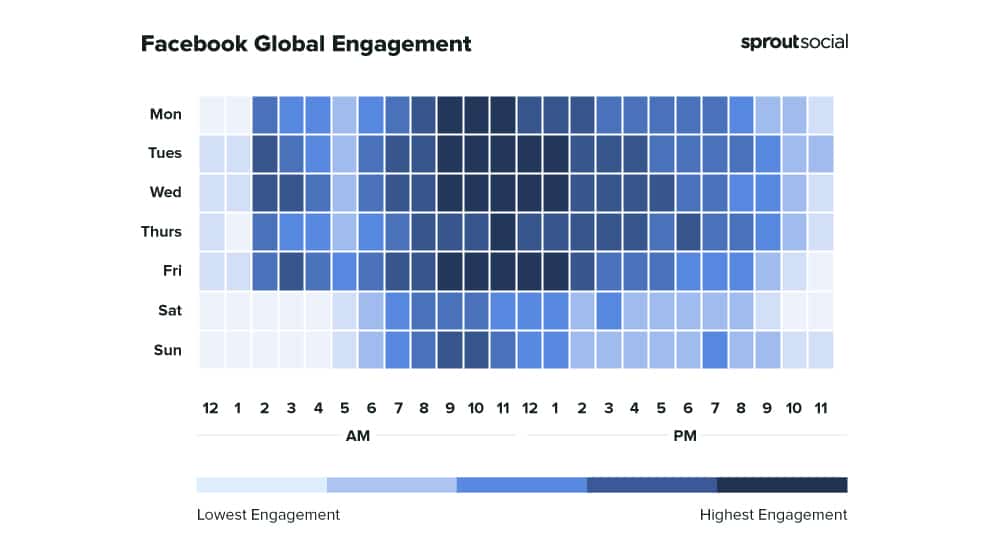
Engagement rate is the number of people per total audience engaging.
8. NPS: Net Promoter Score
A market research metric asks customers how likely they would be to recommend your business or product to others on a scale of 1 to 10. It then compares the number of people who would not (choosing 1 to 6) to those likely to recommend you (9 or 10). Large businesses and enterprises most commonly use this metric.
9. CTA: Call to Action
Your call to action is how you steer your visitors or readers towards a final marketing goal. If the purpose of your landing page is to encourage your visitors to sign up or pay for your service, your call to action is the button or link where they can do that.

It can also be simple, such as a visitor dialing your phone number or signing up for a free trial. It's something that should be continually tested, optimized, and tweaked to find which call to action is yielding the most results.
10. A/B Testing
A/B testing, also known as split testing, is a segmentation strategy that involves creating multiple variations of your sales copy and rotating them to determine which is most effective. In some famous examples, something as simple as changing colors or modifying a few words improved total sales significantly. This strategy can be accomplished with software or implemented manually. Software generally has advanced tracking to help you determine which is generating more clicks and which ad is generating more sales.
Blog/Content Marketing KPIs
Content marketing is relatively broad and uses a lot of the general KPIs. Still, it has a few worth knowing when you're building a content marketing strategy of your own.
11. Blog Traffic
Inbound traffic is often measured in unique visitors rather than pageviews. One session is a single person visiting your site, no matter how many pages they view. It's not a helpful metric on its own, aside from comparing it to itself, but it's the basis of other metric calculations.

The number of clicks, impressions, page views and real-time visitors can be tracked using free software like Google Analytics.
12. Blog Subscribers
Subscribers are generally your best users, though not all of your best users will subscribe. We're usually talking about RSS or Atom feeds for blog subscribers (rather than paid subscriptions). If your blog has paid subscriptions, you can use that instead.
13. Blog Comments/Engagement
On a blog, comments are the main form of engagement, and other forms of engagement, like social media sharing, usually fall under social media engagement instead. The raw number of engagement actions taken can help calculate your engagement rates per post and in general.
PPC Marketing KPIs
Pay-Per-Click, or just paid marketing in general, has a whole host of specific KPIs you need to know how to track. Luckily, many of them are measured and defined directly within the reporting and analytics dashboards offered by paid advertising platforms.
14. ROAS: Return on Ad Spend
Similar to ROI, ROAS (return on ad spend) is an ad-specific ROI calculation. You calculate it by dividing your revenue overall by the amount of money you spent on ads in the same period.
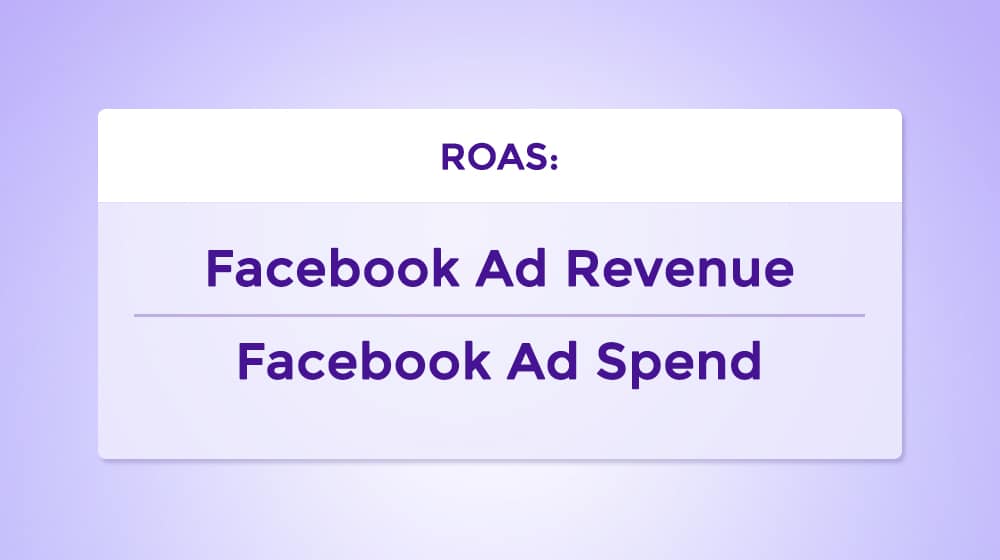
It can be in general or on a per-campaign or per-ad basis.
15. CPC: Cost Per Click
CPC is the first of many "cost-per" metrics; cost per click is one of the most commonly used cost metrics. It means the average price of a single click on those ads for your paid ad campaigns.
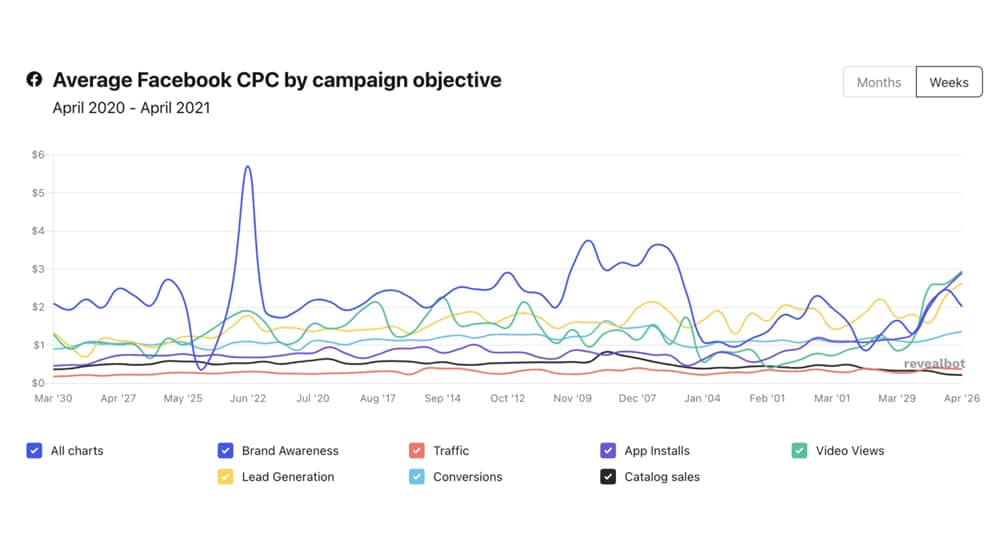
In ad auctions, this directly translates into your ad spend. For other forms of advertising, it may be a calculated metric instead.
16. CPA: Cost Per Acquisition
Another cost metric uses customer acquisitions rather than clicks as the primary metric to measure. As with CPC, it's a simple calculation of money spent divided by the total number of customers acquired by those same ads in that period.
17. CPCon: Cost Per Conversion
Occasionally also abbreviated as CPC, cost per conversion is similar to cost per acquisition, though the definitions of "acquisition" and "conversion" can be different things. Additionally, one customer may be able to take multiple conversion actions, including signing up for newsletters, registering accounts, following on social media, and making a purchase.
18. CPM: Cost Per Mille
"Mille" is a French word meaning "thousand," so the cost per mille means cost per thousand. Typically, this refers to pageviews or ad views, giving you the total cost to get 1,000 views on your ads. CPM ads are usually inexpensive (but ineffective) due to the hosting network's lack of effective click fraud and manipulation prevention.
19. CPL: Cost Per Lead
Leads are individuals who have seen your marketing and expressed interest in some way, such as by subscribing or by giving their information to your sales department for a future sales call.
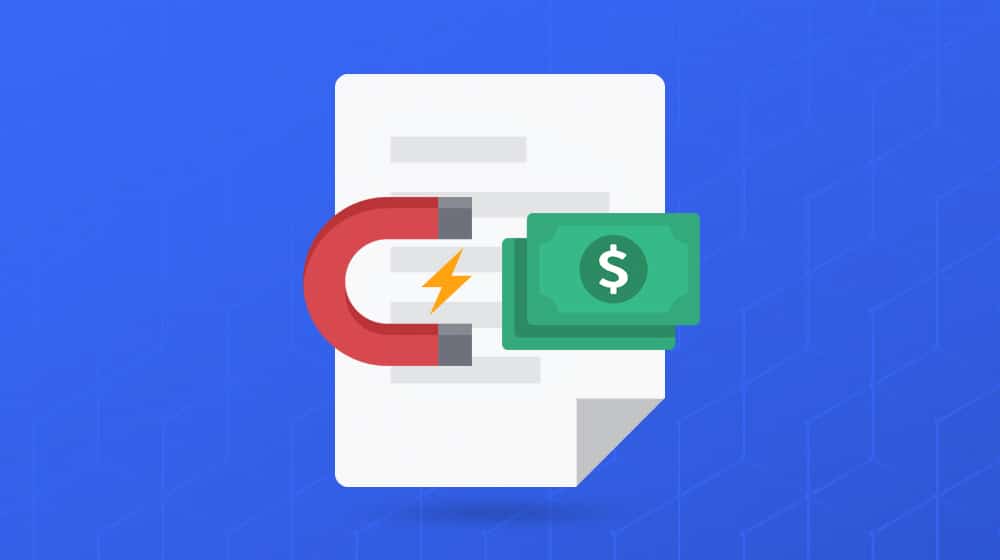
They are by definition only potential customers, or rather, in the stage where they can lead to a conversion. Lead generation is not inherently valuable without that conversion, but they are visitors who have shown interest in your products or services and need to be appropriately tended to.
20. CAC: Customer Acquisition Cost
The total cost to acquire a customer, on average. You can calculate this by totaling up the full amount of money spent on marketing and customer acquisition channels in a given time and the total number of customers acquired and dividing them. Say you've spent $5,000 on marketing this month and have obtained 500 customers. $5,000/500 is an average customer acquisition cost of $10.
21. Quality Score
Quality score is a metric developed by various ad networks, notably Facebook and Google. It tends to combine numerous metrics on the platform, like click-through rates and conversion rates.

A better quality score usually reduces your overall ad costs. Here's a better resource for Google's quality score, for example.
Email Marketing KPIs
Email marketing is a unique beast with specific considerations, some of which aren't KPI-related—for example, avoiding being marked as spam is big. These KPIs are relevant to anyone who thinks newsletter marketing is a good idea, which should be just about everyone.
22. Open Rate
Open rate is the number of people who receive your email who then open it. If you send out 1,000 emails and 900 people open it, that's a 90% open rate. There will always be people who see your emails and who don't open them; this can be detrimental, as email platforms like Gmail can start marking these emails as spam for that user.
23. Unsubscribe/Opt-Out Rate
As you might expect, the number of people who, upon seeing your email, choose to opt-out or unsubscribe can help calculate your unsubscribe rate.

Ideally, this will be a low number, and you can try to take additional actions to reduce it.
24. Delivery Rate
Your delivery rate is the number of recipients of your emails who receive the emails. When you send out emails, sometimes they will not be delivered. Reasons can include an incorrect email address, a dead email address, or an ISP deciding your address, domain, or business is spam and filtering it. Ideally, you want a 100% delivery rate.
25. Sender Score
Sender Score is like a credit score for your email reputation. The more spam-like your newsletters are, the lower your sender score, and the more likely you are to have a lower delivery rate, a higher unsubscribe rate, a higher bounce rate, and more. Note that this is a proprietary metric measured by a third-party company, and thus the calculation on each vendor will vary. You can read more about it here.
SEO Marketing KPIs
SEO, or search engine optimization with the intent of earning organic search engine visitors, has a selection of KPIs relevant to your blog and website in general and specific portions of your optimization.
26. Backlinks
Backlinks are a core component of SEO; more backlinks are better from high-quality sites. Backlinks can be counted by the total number, analyzed by quality score, or aggregated by "unique linking domains" and other related metrics.

There are also internal and external links in your content, but these aren't counted towards your external backlinks.
27. Organic Visitors
As opposed to paid visitors, organic search visitors are users who visit your site based on organic sources, typically Google search, social media links, shares, and other channels. As long as you didn't pay money to get the user to visit, they're organic.
28. Bounce Rate
A bounced user clicks through to your page but leaves before taking any other action. Bounce rate has problems, such as there being no differentiation between a satisfied user and a dissatisfied user for a single-page click. Here's a more detailed guide to the issues with bounce rates.
29. Domain Authority
In the past, Google provided a rating for pages based on their algorithm, called PageRank. When they retired this metric, other companies took up the slack. The one that has become dominant is Domain Authority, as provided by Moz.

It is a ranking of a given domain's relative power and authority. Moz also provides Page Authority, a page-level version of the same metric. You can read about them here.
30. Keyword Rankings
When a user searches for a word or phrase on Google and has content relevant to that word or phrase, where do you appear in the search rankings? Your keyword rankings are your SERPs rank per keyword. One individual blog post or page can have hundreds or thousands of relevant rankings, and tracking these becomes a considerable task without software to handle it for you.
Sales KPIs
What would a discussion of KPIs be without sales metrics? Arguably, sales teams are where marketers developed the idea of KPIs originally. I may only have a couple listed here, but that's because many of them are also used elsewhere and are either under the general tab or are shuffled around to more specific categories.
31. Qualified Lead
Above, I defined a lead as a user who has somehow given their information to sales and may be interested. A qualified lead is a lead that has been filtered to determine whether or not they are a good potential fit.

Fake leads, disinterested users, and users with an inappropriate budget or need scale will be unlikely to convert; those who are more likely to be a part of the customer journey will pass qualification.
32. MQL: Marketing Qualified Lead
A qualified lead that has become qualified based on exposure to and engagement with your marketing is marketing-qualified. They likely fit your client demographic and have a potential need for your products or services.
33. SQL: Sales Qualified Lead
A SQL is a marketing-qualified lead who has expressed enough interest that they are potentially able to convert. They are likely ready to receive a sales call or leave their contact information for your sales team. Generally, MQLs turn into SQLs, and SQLs turn into customers.
Social media marketing is one of the more recent developments in marketing. Luckily, just about every social media platform has built-in analytics for business accounts, so you can see these KPIs nice and quickly.
34. Follower Count
Your follower count is the raw number of people who follow your social media profiles.

You may implement derived metrics using your follower count and other metrics, such as engagement-per-follower or follower retention.
35. Post Engagement Rate
Your post engagement rate is the number of people who take action on your posts, compared to the total number of people who see those posts without taking any action. If 100 people visit your Facebook post and get one like, you have a 1% engagement rate. Remember that "engagement" can be anything, including link clicks, shares, and comments, so one user can provide several forms of engagement. Additionally, "negative engagement" exists, such as unfollows and reports.
36. Reach
Reach is the number of people who have seen your content in their feed. Visitors who have your posts shown in their news feed, on Facebook, Twitter, or another network, are added to your reach.
Reach can be sorted; organic reach is people who have seen your posts organically, while paid reach is those who have seen your posts because you paid to boost them. Reach does not necessarily mean an interaction or visit; these are simply impressions for brand awareness.
37. Frequency
Frequency is the number of times, on average, that someone in your target audience has seen your post. For example, if you have a target audience of 1,000 people, and each person in that audience sees your post once, you have a frequency of 1, with 1,000 impressions. If 500 of those people see your post twice, and 500 of them do not see it, you still have a frequency of 1. If all 1,000 people see it twice, you have a frequency of 2. Frequency is essential to cap so that your ads aren't spammy or annoying visitors.
Your Favorite KPIs
I've tried to make this glossary as comprehensive as possible while still limiting it to just key performance indicators. There are a lot of dictionaries out there that spend most of their time defining general terms, and that's not what I was going for. That said, if I missed a critical KPI you measure, let me know in the comments! I'd love to add it to the list, where relevant.



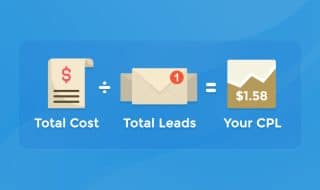

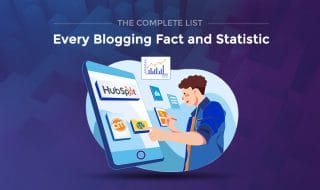

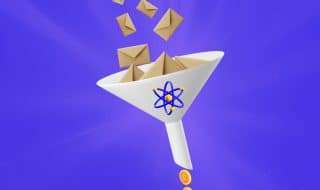
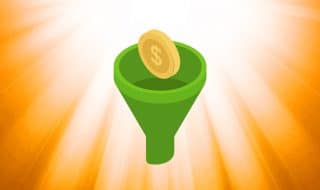

January 03, 2022
Amazing article! Glad to have found this, I got clarity on what KPIs to consider in measuring success of my business.
January 12, 2022
Hey Craig, glad you liked it! Happy to see you've read my post. Talk soon
September 28, 2022
This has every KPI I monitor. Great job compiling them!
October 07, 2022
Thanks Mastid! I'm sure I missed one...